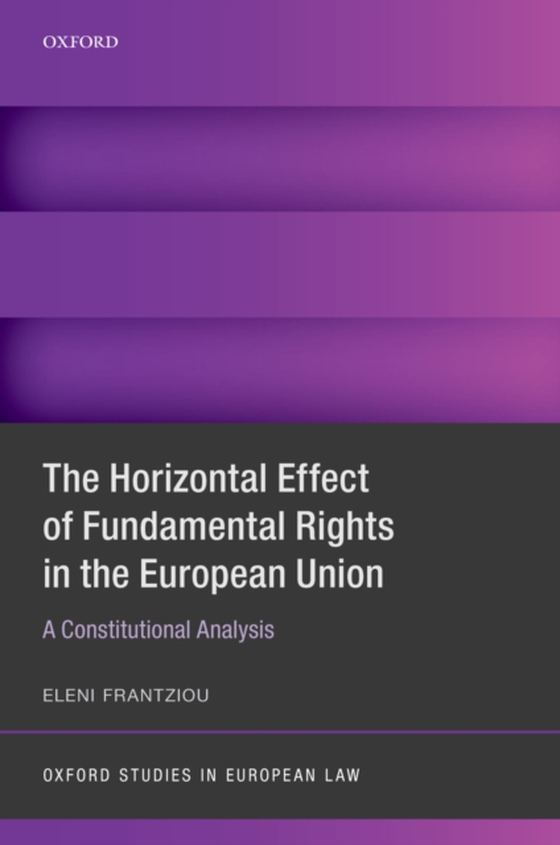
Horizontal Effect of Fundamental Rights in the European Union e-bog
1276,86 DKK
(ekskl. moms 1021,49 DKK)
This book analyses the horizontal effect of fundamental rights in the European Union, from a constitutional perspective. It advances two main arguments: First, it argues that the horizontal effect of fundamental rights (i.e. their application to disputes between private parties) cannot be usefully discussed based on the existing EU horizontality doctrine, which associates horizontality with the...
E-bog
1276,86 DKK
Forlag
OUP Oxford
Udgivet
31 januar 2019
Længde
351 sider
Genrer
JPSN2
Sprog
English
Format
pdf
Beskyttelse
LCP
ISBN
9780192573995
This book analyses the horizontal effect of fundamental rights in the European Union, from a constitutional perspective. It advances two main arguments: First, it argues that the horizontal effect of fundamental rights (i.e. their application to disputes between private parties) cannot be usefully discussed based on the existing EU horizontality doctrine, which associates horizontality with the exercise of horizontal direct effect only. That doctrine is characterisedby a series of overly technical rules as to how the latter may be produced and has a case-specific nature that lacks overall constitutional coherence. Secondly, the book argues that a substantive theory of horizontality is required in EU law and sketches its main parameters. In the fundamentalrights context, horizontal effect has organisational implications for society, which go beyond specific intersubjective disputes. It is argued that its determination requires an explicit recognition of the public character of certain private platforms of will formation (e.g. the workplace) and a discussion of the role of fundamental rights therein. At the same time, a constitutionally adequate model of horizontality involves an acknowledgment of the supranational character of EU adjudication:the determination of horizontal applicability of a fundamental right within a type of private authority relationship falls upon the Court of Justice, but the precise manifestation of horizontal effect (e.g. direct, indirect or state-mediated effect) rests with national courts.
 Dansk
Dansk

